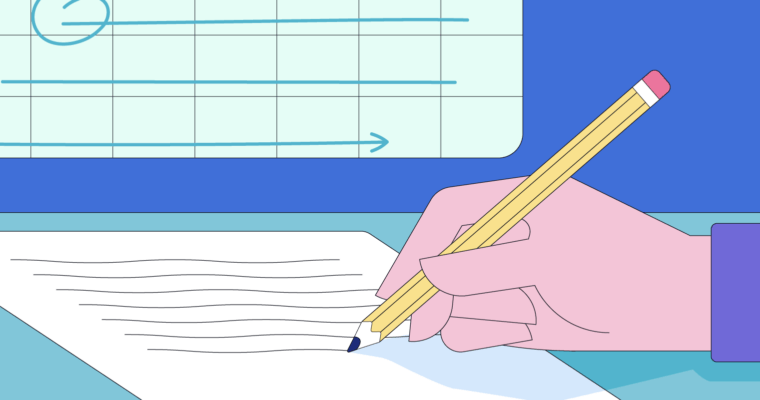
Life doesn’t always go as planned. And when there’s a big disruption, it can become necessary to take time away from work. In this case, a leave of absence letter will be a key part of the process.
It’s important to understand what the expectations are for this type of letter or email, so we’ll look at everything you need to know to handle this situation with as little stress as possible, including how to write a professional leave of absence letter.
What is a leave of absence?
A leave of absence is when someone takes time away from work due to a big life event or some other unforeseen circumstance. This leave can vary in length, but depending on the nature of the event, it may be an extended period of time, such as weeks or even months. The understanding is always that you’ll return to your job at a future date.
Reasons that someone might take a leave of absence include (but are not limited to):
- Adopting a child
- Giving birth to a child
- Becoming a caretaker for a family member
- Dealing with a serious health condition
- Mourning the death of a close family member
- Going on military leave
- Continuing your education
- Relocating to a different state or country
If your leave of absence qualifies under the Family and Medical Leave Act (FMLA), you’re entitled to 12–26 weeks of protected, unpaid leave during any given year. Non-covered reasons for the leave of absence have to be approved at the discretion of your employer. Either way, it’s important to provide a written leave of absence request to get the process going.
How to write a leave of absence letter
When writing a leave of absence letter, you should strive for a professional tone and keep it concise. That means starting with a formal greeting, moving on to your request and any details your employer will need to know about your leave, and ending with your signature. When possible, give your employer a heads-up before sending a formal leave of absence request letter, and try your best to give a little lead time before your leave begins. That way, your company won’t be caught off guard and will have a chance to prepare.
Here are four details you’ll want to include:
1 Time frame: Your employer should be given as clear an idea as possible of the amount of time away that you require, including your leave of absence start and end dates.
2 Reason: You don’t have to go into too much detail, but the general reason for the request should be clear. For example, if you’re dealing with a serious health condition, you don’t have to say exactly what it is, but you should state that you’ve developed a health problem that will make it impossible for you to perform your current job duties while you’re being treated.
3 Contact information: During your leave, you presumably won’t be seeing your manager or accessing things like company email, so it’s important to provide a way for someone to contact you should the need arise.
4 A plan to make sure your team doesn’t fall behind: While it may not always be possible, if there’s time and space for it, provide an action plan for your colleagues. This will ensure that important details don’t fall through the cracks (paying contractors, for example), and team projects and initiatives can move forward.
As always, be sure to proofread your letter before pressing Send. And remember: You aren’t alone in this—tens of millions of workers take a leave of absence from work every year in the US. So your employer has likely dealt with leave requests before, and they certainly will again in the future.
Leave of absence letter example
Dear [human resources contact and/or your manager’s title and last name],
I’m writing to formally request a leave of absence, starting on [date] and ending on [date], due to [reason for the request]. [If desired, you can include additional details about your reason here or note relevant attachments, such as a doctor’s note.] I will return to work on [date].
I am happy to brief [coworkers’ names] on my current assignments and projects to ensure a smooth handoff during my remaining [insert timeframe, such as week] at the office. In case you need any additional information while I’m away, I can be reached at [email] or by phone at [phone number].
Thank you for understanding; I look forward to returning.
Sincerely, [Signature] [Your name]
Leave of absence letter FAQs
What is a leave of absence?
A leave of absence is the time taken away from a job due to life-altering or difficult circumstances that require a person’s full attention. Unlike quitting, a leave of absence implies a return to the job at a later date.
When is it necessary to take a leave of absence?
There are a few common situations that may require a leave of absence, such as having a child, developing a serious illness, or becoming a family member’s caretaker.
What should a leave of absence letter include?
A leave of absence letter should include the reason for the request and the amount of time you’ll need away from work, with the date you’ll stop working, and when you will return. It should also contain your contact information and, if possible, a plan to keep your team on track without you.






